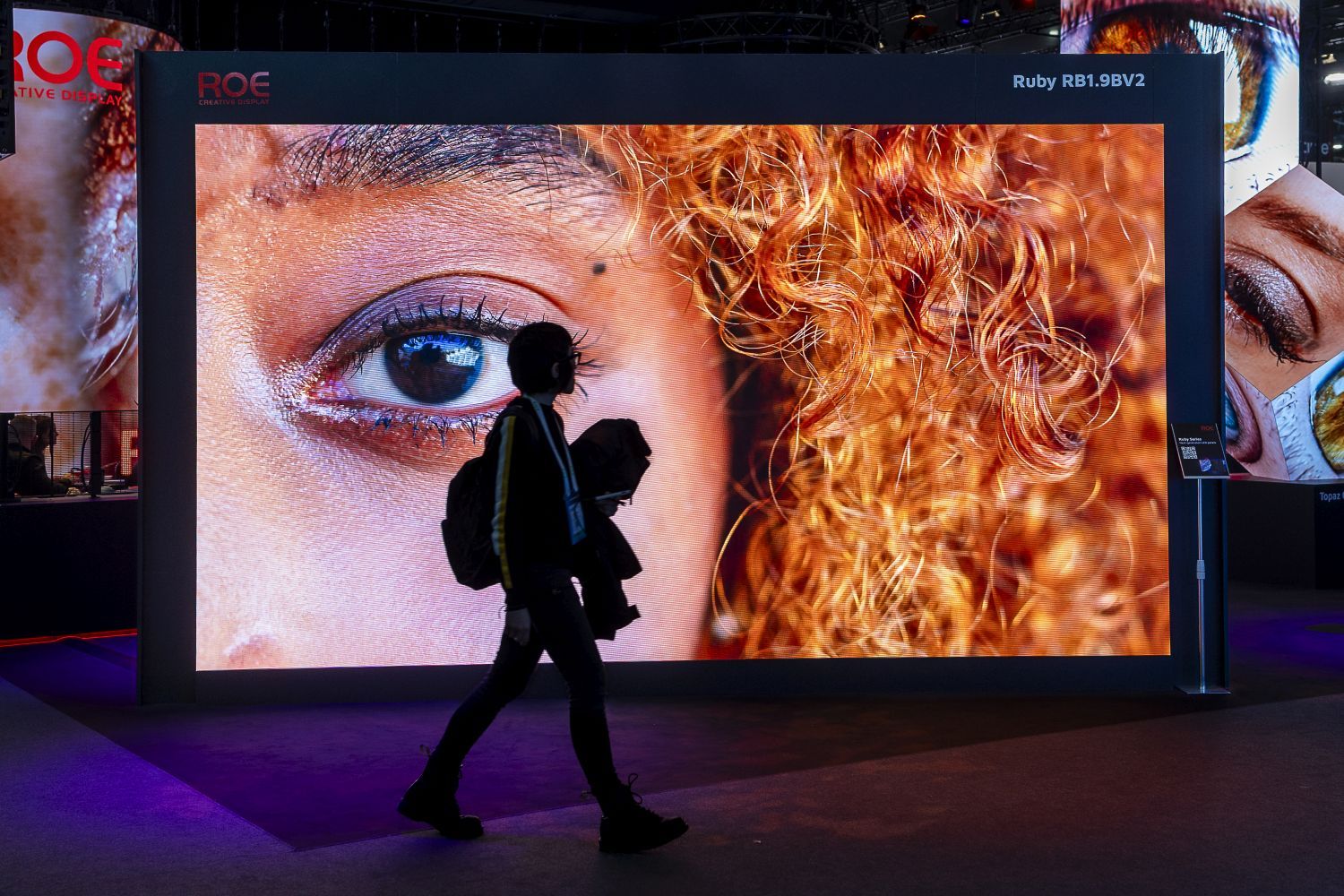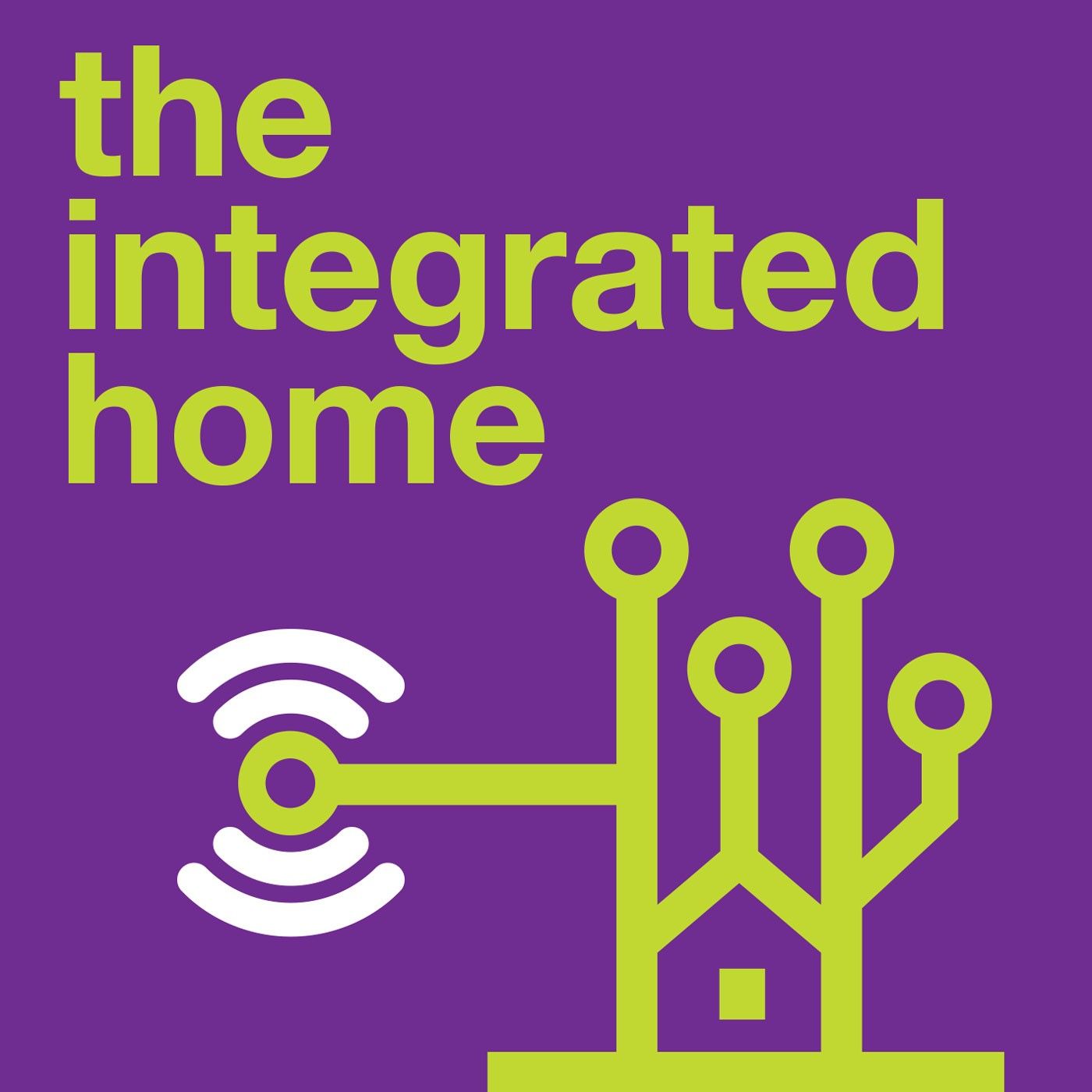Digital signage market continues to evolve

The most exciting market development in the digital signage market in 2024 has been the introduction of the platform concept to the industry. Samsung launched VXT, its visual experience platform at ISE 2024. The platform concept is a breakthrough for digital signage, analogous to a smartphone app store: multiple third-party providers can provide different elements of functionality, enabling signage operators to build systems exactly to their requirements. In addition to Samsung, other display manufacturers, including Philips PDS and LG, have introduced or are working on platform offerings.
The platform approach is better suited to smaller systems rather than enterprise systems, which generally require non-standardised solutions. But if it succeeds, it could turn the lower end of the digital signage into a mass market.

Sustainability continues to be an important consideration in the digital signage market. Not only are companies’ green credentials being scrutinised more thoroughly by customers and investors; the EU’s Corporate Sustainability Reporting Directive now requires companies with annual sales of more than €150 million to quantify and report on their sustainability efforts.
For operators of digital signage networks, the main ways to reduce energy consumption include:
-
Using remote device management to reduce brightness when ambient light levels fall, and to switch screens off completely when not in use
-
Selecting more energy-efficient displays with longer lifetimes
-
For informational displays that need little updating, consider switching to e-paper displays, which only consume energy when their content changes
-
Google’s ChromeOS Flex can be installed in place of obsolete operating systems and give new life to old devices that would otherwise go to landfill
There is considerable industry buzz at the moment around instore retail media. With traditional print media in decline and TV advertising not reaching large sections of the population, particularly younger people, retail media is one of the few mass media left – retail shoppers comprise a larger audience than TV viewers. And as retail media is seen by consumers at the point of sale, it generally reaches a more engaged audience than online media, where they may be casually browsing.
Despite being a large market, retail media allows for highly targeted and personalised marketing thanks to shopper insights from loyalty card data, facial recognition and mobile phone tracking; direct engagement with products or other in-store experiences; and highly contextualised messaging (such as advertising umbrellas during wet weather). As such, instore retail media is an opportunity that is exciting to companies in both the digital signage and digital out-of-home spaces.
The international digital signage market remains highly fragmented. However, market consolidation, which had almost come to a standstill in the post-pandemic market slowdown, is now back with a vengeance. invidis consulting, organiser of the Digital Signage Summit series in association with ISE, noted seven significant takeovers during a single week in July. This is a market where size matters: as invidis’s Florian Rotberg noted: “A large installed base is the prerequisite for refinancing development efforts and, in particular, for integrating new AI functions. With [less than] 100,000 active licenses in the portfolio, it will be difficult to remain a relevant provider in the market.”



)
)
)
)

)
)
)
)
)
)
)
)
)
)
)
)
)
)
)
)
)
)
)
)
)
)
)
)
)